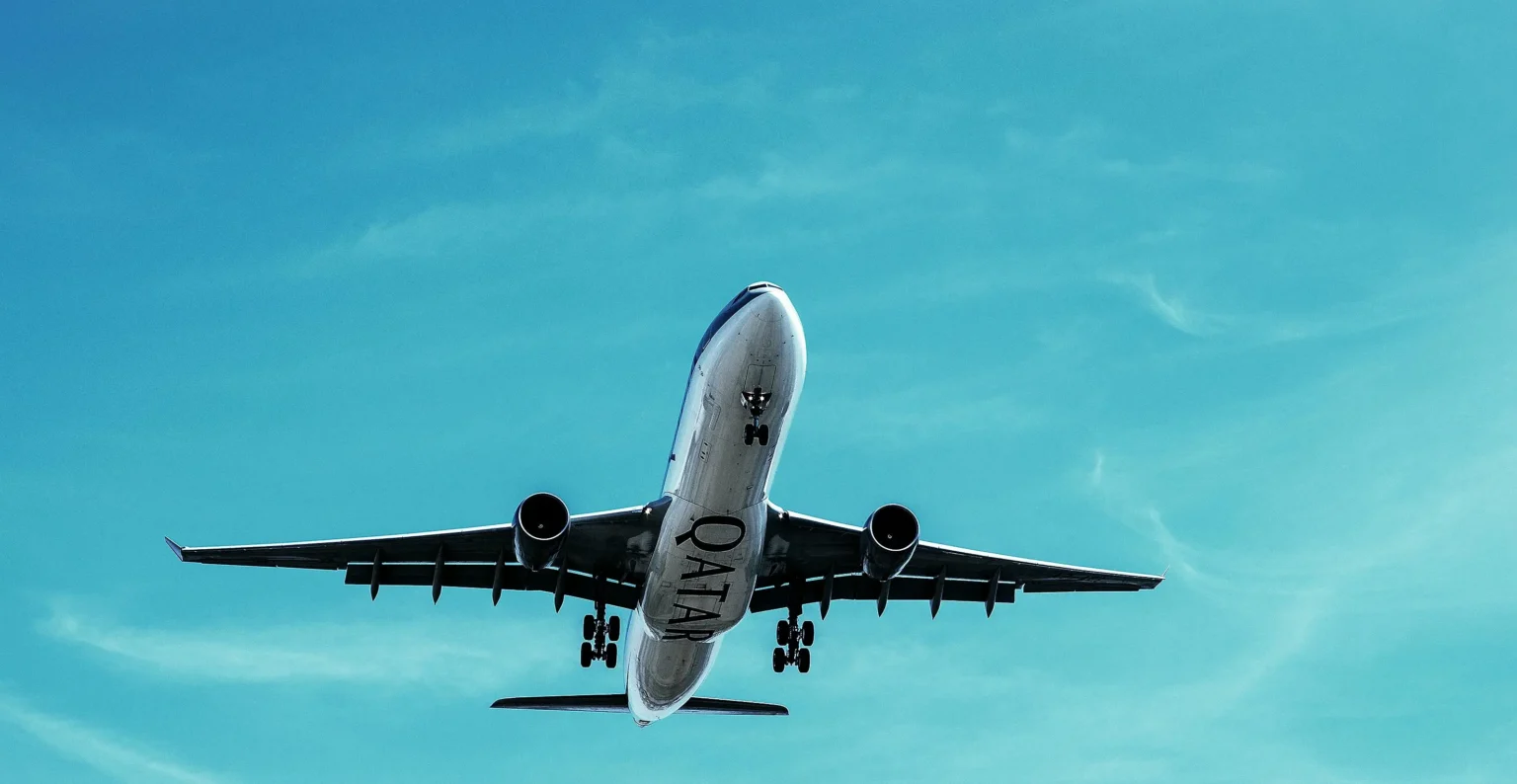United Airlines Flight UA770 Emergency Diversion Full Story and Analysis Departure and Early Flight

On the morning of July 28 2025 United Airlines Flight UA770 lifted off from San Francisco International Airport with Chicago O’Hare as its planned destination. The Boeing 737-900 carried a mix of business travelers summer tourists and connecting international passengers. Weather conditions were clear and departure procedures were normal.
The first part of the flight was routine. Cabin service began shortly after reaching cruising altitude. Passengers settled into their seats some working on laptops others watching in-flight entertainment. The atmosphere onboard was calm until approximately ninety minutes into the journey when the cockpit crew noticed something unusual.
Detection of a Hydraulic System Warning
In commercial aviation hydraulic systems are among the most critical mechanical components. They operate essential functions including extending and retracting landing gear controlling wing flaps adjusting spoilers and providing braking power. Any irregularity in these systems can have serious implications for aircraft handling.
The cockpit of Flight UA770 displayed a warning related to hydraulic pressure. Although the alert did not confirm an immediate failure it indicated a possible malfunction. Given the potential risk the captain and first officer consulted quick reference checklists reviewed possible outcomes and considered the safest course of action.
Decision to Divert
Continuing to Chicago with a potential hydraulic issue would mean flying more than two hours over less optimal diversion options. Denver International Airport was the closest major hub with United maintenance facilities and emergency services equipped for large aircraft incidents.
The captain made a decisive choice to declare a general emergency using transponder code 7700 which alerts air traffic control to prioritize the aircraft. Controllers quickly cleared a direct route to Denver and coordinated with airport rescue and firefighting units to be on standby.
Crew Coordination and Passenger Briefing
Once the diversion decision was made the captain addressed passengers directly. The announcement explained that a technical indicator in the cockpit required a precautionary landing in Denver and that there was no immediate danger. Passengers were assured that emergency services would be ready upon arrival as a standard safety measure.
Flight attendants moved methodically through the cabin checking seat belts stowing loose items and answering questions. Elderly passengers and families with small children received extra attention. The professionalism displayed by the crew kept anxiety to a minimum and helped maintain order.
Approach and Landing in Denver
The descent into Denver was smooth. From the cabin windows passengers could see emergency vehicles positioned along the runway edges. The aircraft touched down at approximately 10:15 AM local time and rolled to a controlled stop. Fire crews approached to visually inspect for any signs of fluid leaks overheating or other mechanical distress. No visible problems were detected.
Passengers remained seated until the all-clear signal was given. The aircraft then taxied to a remote stand where mechanics began preliminary checks.
Passenger Experiences
Accounts from travelers highlight a range of emotions during the event. One passenger posted on social media that the diversion was unexpected but the crew kept everyone calm. Another noted that the captain’s transparency about the nature of the warning reduced uncertainty.
Most passengers expressed relief upon landing. The airline arranged connecting flights for those continuing to Chicago and offered meal vouchers during the wait. For some the delay meant missed connections or schedule changes but many acknowledged that safety outweighed inconvenience.
United Airlines Statement
United Airlines issued a public statement shortly after the incident. The airline confirmed that Flight UA770 diverted to Denver following a cockpit indication of a possible hydraulic system issue. It emphasized that the landing was uneventful and that passenger safety remained the highest priority.
The aircraft was removed from service for a full technical inspection. Maintenance teams focused on the hydraulic systems to determine the source of the alert. United pledged to share findings with the Federal Aviation Administration as part of standard reporting procedures.
Understanding Emergency Diversions
An emergency diversion occurs when a flight changes course to land at an alternate airport due to safety concerns. These can be triggered by mechanical issues medical emergencies weather changes or disruptive passenger behavior.
In mechanical cases even a suspected problem can justify a diversion. Modern aviation follows a risk-averse philosophy. Pilots are trained to treat warning indicators with caution especially when the affected system is linked to critical flight operations.
Hydraulic alerts in particular warrant prompt attention because they can impact multiple control surfaces and landing systems simultaneously.
FAA Involvement
Whenever an in-flight emergency is declared the FAA conducts a review. Investigators examine flight data recorder information cockpit voice recordings and maintenance history. In this case the agency’s focus will be on the hydraulic system’s performance sensor accuracy and whether the alert was a genuine indication of a fault or a false reading.
The FAA review process not only determines compliance with safety regulations but also provides recommendations to prevent similar incidents
Expert Perspective
Aviation experts have commended the UA770 crew for their decision-making. Retired commercial pilots note that diverting to Denver rather than continuing was the safest choice given the system involved. Even with redundant hydraulic systems onboard isolation of a potential fault is critical before approaching a landing.
Aircraft mechanics emphasize that hydraulic warnings can originate from fluid leaks worn seals pump performance drops or faulty sensors. Each possibility requires hands-on inspection before clearing the aircraft for further flight.
Passenger Safety Culture
Modern air travel relies on a layered safety culture involving flight crews ground operations maintenance teams and regulatory oversight. This culture prioritizes human life over operational schedules or commercial considerations.
The UA770 diversion serves as a reminder that the safest flight is not necessarily the one that arrives on time but the one that manages risk effectively at every stage.
Impact on Airline Operations
An emergency diversion can affect more than just the passengers onboard. Aircraft rotations crew schedules and airport slot usage can all be disrupted. United’s operational teams in Denver and Chicago worked to minimize ripple effects across the network.
The affected aircraft will remain out of service until cleared by maintenance and the FAA. In the meantime replacement aircraft and crew may be assigned to cover future UA770 flights.
Lessons from the Incident
There are several takeaways from the UA770 diversion. Crew readiness and adherence to procedures prevent small issues from becoming larger emergencies. Clear passenger communication builds trust and reduces stress. Finally robust maintenance programs and prompt reporting ensure that every incident becomes an opportunity to strengthen safety.
Conclusion
United Airlines Flight UA770 Emergency Diversion to Denver on July 28 2025 illustrates how quickly routine flights can encounter technical concerns and how effectively modern aviation systems are designed to handle them. The combination of decisive pilot action professional cabin crew support and coordinated ground response turned a potentially serious situation into a controlled safe conclusion.
For passengers the incident was an unplanned detour. For the aviation industry it was another demonstration that safety protocols work as intended. While the aircraft undergoes inspection and the FAA completes its review travelers and airline professionals alike can take confidence from the fact that even unexpected challenges can be met with skill precision and the highest regard for human safety










